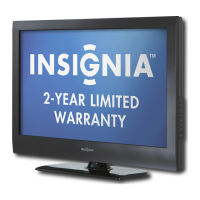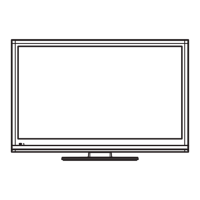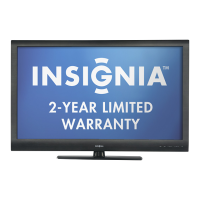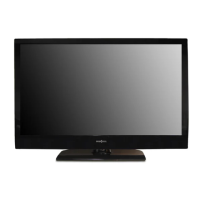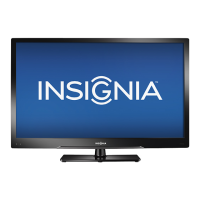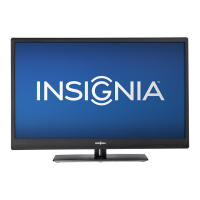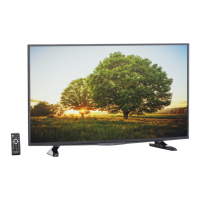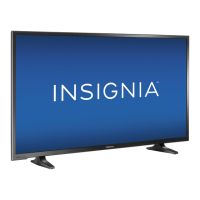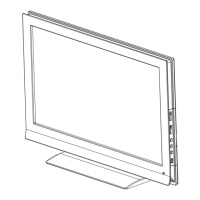How to fix Insignia NS-46L400NA14 LCD TV remote control if it does not control the device?
- YyramosSep 12, 2025
If your Insignia LCD TV remote control does not control the device, try the following: * Make sure that there are no obstructions between the remote control and the remote control sensors on your TV and the device. * If the device is not an Insignia device, all the buttons may not work. * Make sure that the INlink feature is turned on. * If you are trying to control the volume on an HDMI CEC audio receiver using your TV remote control, make sure that the TV Speakers option on the Audio menu is set to On. * If you are trying to control the volume on an HDMI CEC audio receiver using your TV remote control, make sure that the Audio Receiver option on the INlink menu is set to On. * The device may not support this feature.







